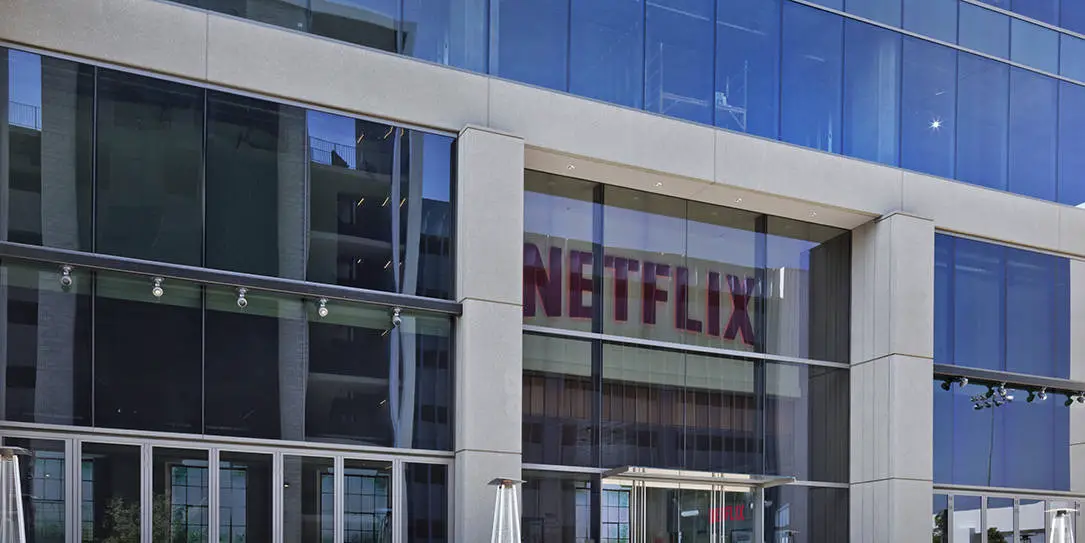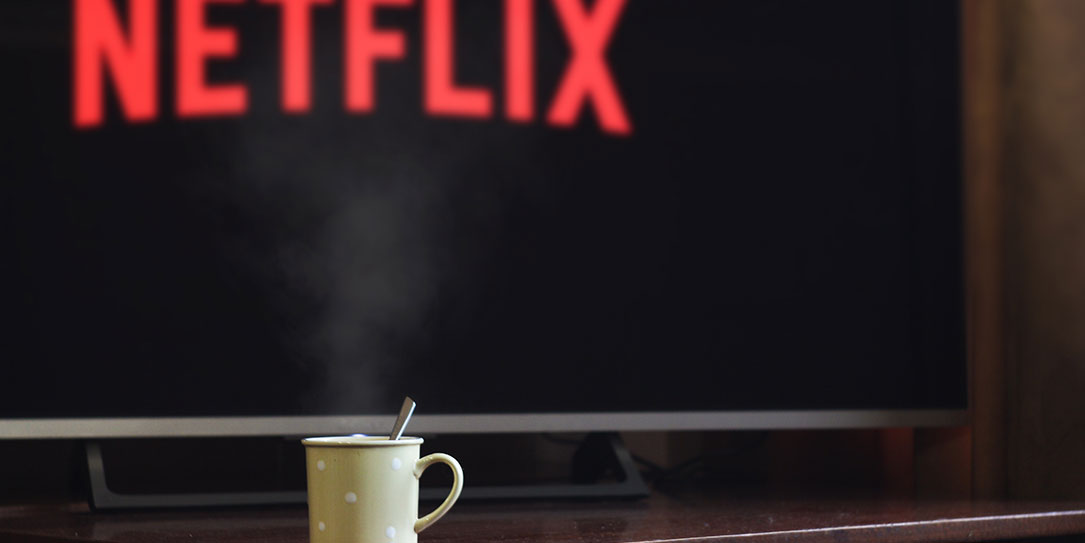With the rise of online streaming content, cable TV is left with very few audiences. Many are assuming this cable TV death is just a hoax, but we believe that it is inevitable and bound to happen sooner or later. If you’re wondering what makes us think cable TV is dying, then allow us to explain it by taking you as an example.
When was the last time you watched a show on TV? Can’t remember, right? That’s okay. Because this is exactly our point. All of the content has now moved to digital media and so has its audience. We can’t blame the digital media for coming forth and stealing cable TV’s audience, but we can point out the trends in which cable TV failed to cope up with the present when everything was switching to digital media at a rapid pace.
It all began in 2013 when cable TV started to lose its subscribers. The number of subscribers switching from cable TV to streaming TV continued to increase more and more. The TV rating giant, Nielsen, also couldn’t help but notice the loss of subscribers. Upon review, the company found out that cable TV was losing 10% of its entire audience base every quarter of the year, which was pretty massive if it continued to grow at that rate.
What made cable TV lose its subscribers?
The rise of Netflix and Amazon has come down on cable TV more like a backlash. Seeing these two, there are many other companies running after the approach of providing online streaming of the content by replacing the old, conventional set-top boxes that were once an integral part of almost all the households. According to a Netflix representative, in the U.S one in every three households has subscribed to Netflix. If you add that up, keeping in mind the entire population, the numbers would reach around 40 million in the United States alone. Whereas around 60 million people across the world use Netflix to watch their favorite shows. Wait, there’s more. In 2015, content over Netflix was streamed for 10 billion hours, only in the first quarter of the year. Talk about some serious binge-watchers out there!
Another factor that has caused cable TV to lose its audience is that they had to pay for something they weren’t watching. While online streaming platforms provided the audience with the benefit of only paying for whatever they want to watch, cable TV was a bit more rigid.
Two companies that ran two of the top TV channels, ESPN and HBO have played it very smartly. When the cable TV was experiencing a bottleneck, they ran a check over the change in behaviors of their audience, jotted down their preferences and introduced their own online content streaming platforms. Doing so allowed these two brands to maintain their audience and try out new ways through which they could keep the value of their brands high, in the eyes of their consumers.
Lastly, one of the major factors that have added to cable TV’s downfall is the extensive use of the internet. Back in the days when the internet was considered a mere activity, people spent more time watching TV. Now, however, laptops, smartphones, and smart-watches have become more of a necessity that do not only what they are meant to do but also a bit more. According to Nielsen’s research, the number of households that got internet broadband installed into their homes went up by a whopping 112% in 2014. We seriously wonder how far that has gone up by now. People are using their laptops and smartphones to watch content wherever they are, at any time of the day they prefer. This is one of the major reasons why home appliance giants are integrating internet connectivity into their new TV sets (we call these smart TVs), so people can watch their favorite TV without getting a cable TV connection.
The Last Word
Surely, a lot of people now prefer watching their favorite TV shows online. However, there are a few benefits that cable TV entails which give it an upper hand over the online streamed content. Since the conventional cable TV has a fixed bandwidth for the videos it plays, you will never face pixilation, buffering, lagging or anything that affects your experience as a viewer. Also, if you’re watching live content online, jumping from one content to another is not easy, as it would either take its time to buffer or freeze. On the contrary, TVs are great when it comes to viewing ‘Live’ content. No matter how many channels you switch through, your picture quality would never get affected.
But that all still wouldn’t compensate for the endless content that is available online. Regardless of the few benefits that we have listed above, people are switching to online platforms at a whopping rate, and it seems like they are pretty satisfied with the choices they’re making.
*This is a guest post and all thoughts and opinions are those of its authors and do not reflect on Techaeris or its staff.
Last Updated on February 3, 2021.












Comments are closed.